The Biosciences Division consists of three sections: Serology, DNA and CODIS.
SEROLOGY
The role of conventional serology at the Mississippi Forensics Laboratory (MSFL) is to examine items of evidence submitted by law enforcement officers for the presence or absence of bodily fluids. These types of physiological fluids are frequently generated during the commission of violent crimes such as homicides, rapes or assaults. If any bodily fluids are identified and/or recovered during the course of serological examinations, they can be forwarded for DNA analysis at the request of the investigative agency. Serology is performed at the main laboratory in Pearl as well as the regional labs in Meridian, Batesville and Biloxi.
DNA
The MSFL’s ultimate goal is to identify what type of body fluid is present and then, through the use of DNA analysis, link that material to a specific person. Forensic DNA results aid law enforcement and the legal system in pursuit of justice. DNA analysis is a powerful tool because each person's DNA is unique (with the exception of identical twins). Therefore, DNA evidence collected from a crime scene can implicate or eliminate a suspect, similar to the use of fingerprints. The Casework Section performs scientific analysis of biological samples recovered from crime scenes. DNA collection and analysis gives the criminal justice field a powerful tool for convicting the guilty and exonerating the innocent. DNA is performed at the main laboratory in Pearl.
CODIS
The Combined DNA Index System, CODIS, blends computer and DNA technologies into an effective tool for fighting violent crime. The current version of CODIS uses indexes to generate investigative leads in crimes where biological evidence is recovered from the crime scene. The Convicted Offender index contains DNA profiles of individuals convicted of felony offenses. The Arrestee index contains DNA profiles of individuals arrested for certain crimes of violence. The Forensic index contains DNA profiles developed from crime scene evidence, such as blood and semen. Unidentified Human Remains contains profiles developed from unidentified human remains. Missing Persons contains profiles from missing persons. Biological Relatives of Missing Persons contains profiles from relatives of missing persons. CODIS utilizes computer software to automatically search these indexes for matching DNA profiles.

FORENSIC DNA SERVICES
Our accredited forensic science services are utilized to determine the identity of the source of the DNA profile in a variety of situations, including:
Crime Scene Evidence
The Forensic DNA Department has the advanced capabilities to extract and test DNA samples from a number of everyday items collected at the crime scene.

Sexual Assault Kits
The Mississippi Forensics Laboratory processes sexual assault kits using autosomal STRs (Globalfiler) and Y-STR technologies.

“Touch DNA”
Humans shed tens of thousands of skin cells each day, and these cells are transferred to every surface our skin contacts. When a crime is committed, if the perpetrator deposits a sufficient number of skin cells on an item at the scene, and that item is collected as possible evidence those cells can be used to link the suspect to the crime scene. “Touch DNA” refers to the DNA that is left behind from skin cells when a person touches or comes into contact with an item.

Cold Cases
Low Copy Number DNA profiling allows a very small amount of DNA to be analyzed, from as little as 20 to 25 cells.
CONTACT
The Biosciences Division is located at the headquarters facility in Pearl, MS.
For additional information and questions, please contact:
Alexandria Bradley, BS, MFS, F-ABC
DNA Technical Leader/Alternate CODIS Administrator
(601) 420-9000
abradley@mcl.ms.gov
Deedra Hughes, BS, MFS, F-ABC
Deputy Director-Technical/CODIS Administrator
(601) 420-9000
dhughes@mcl.ms.gov
